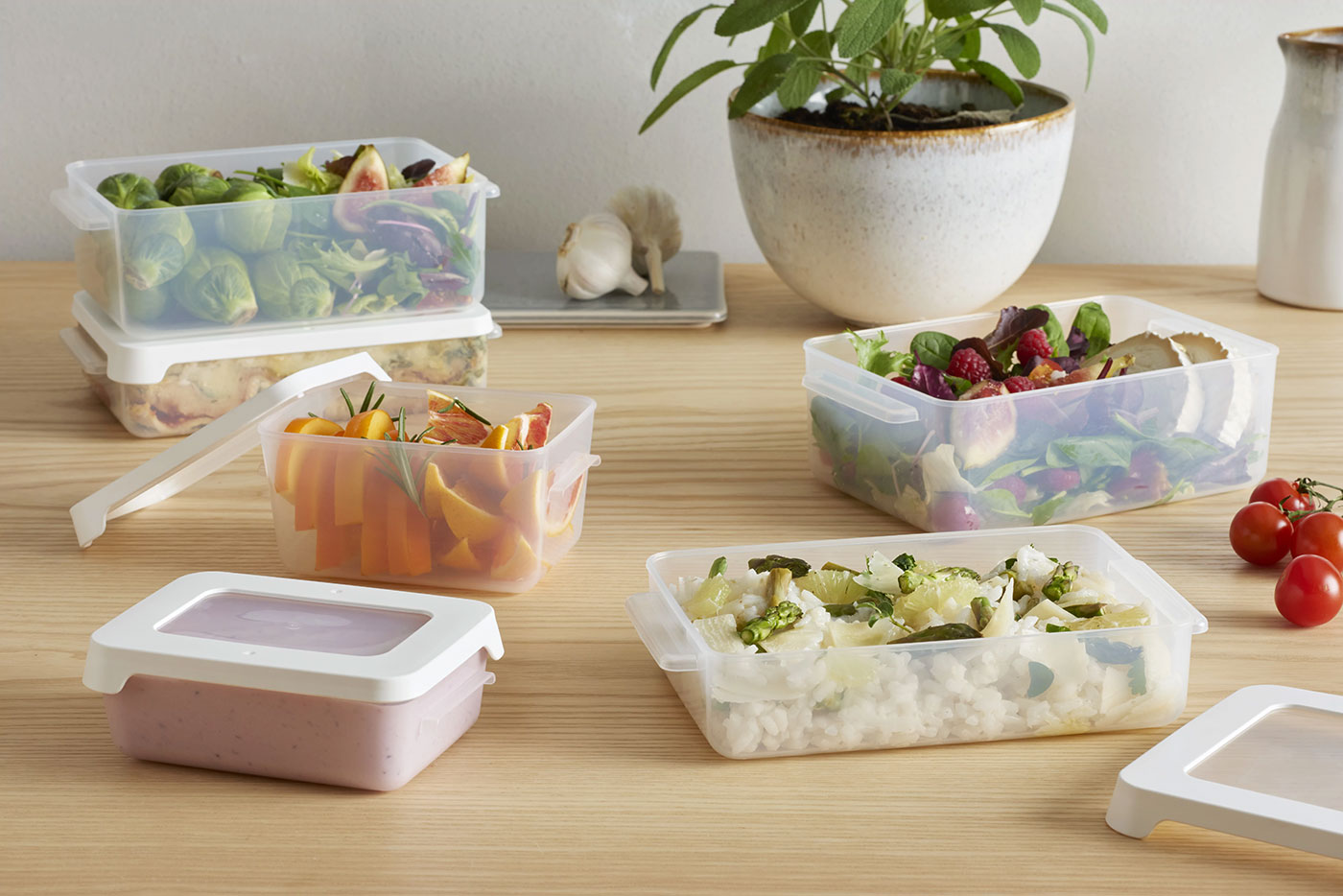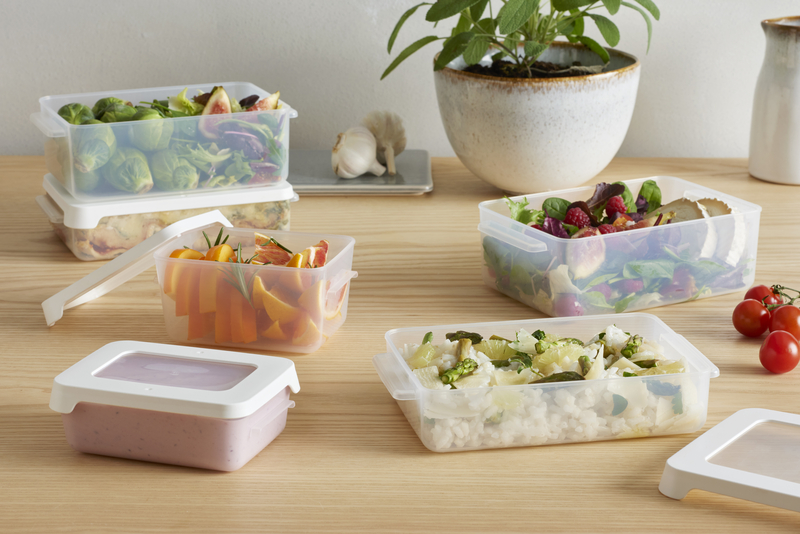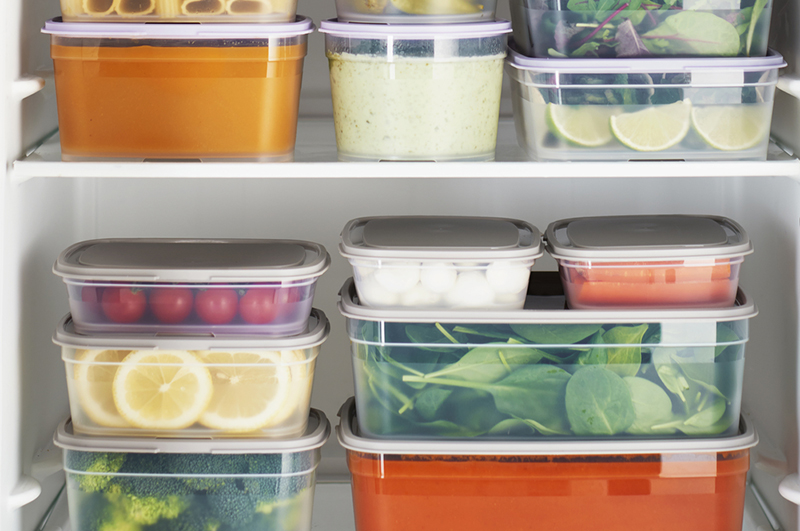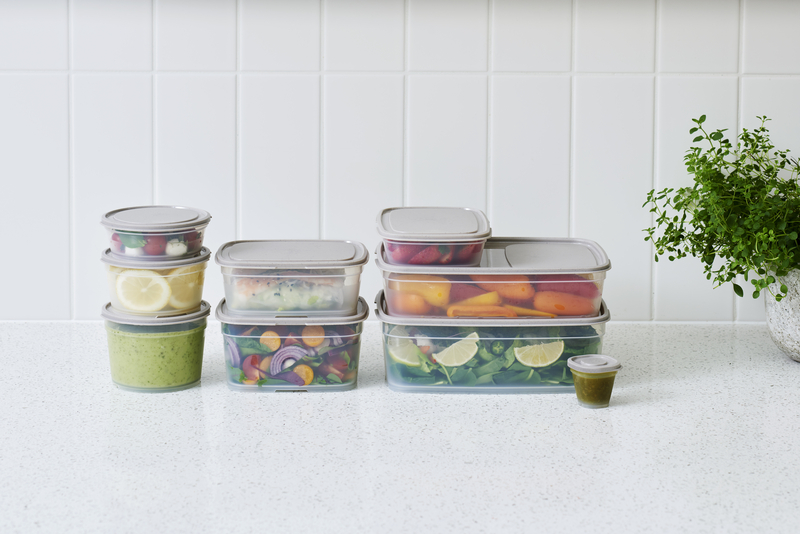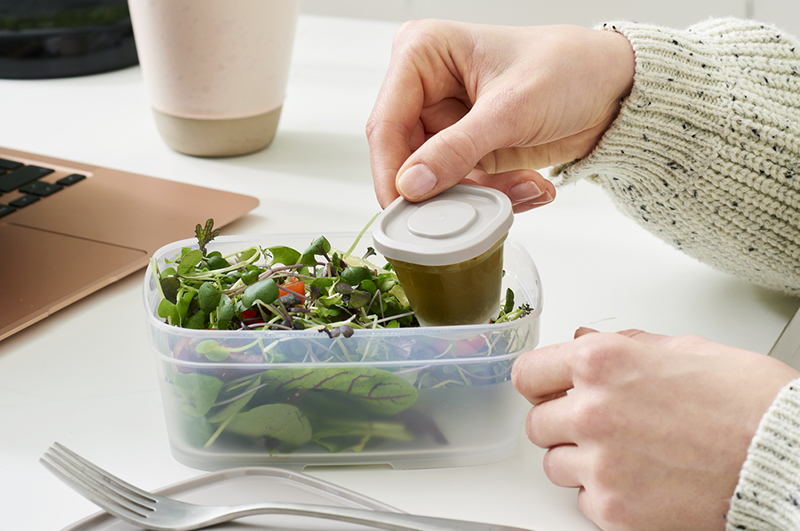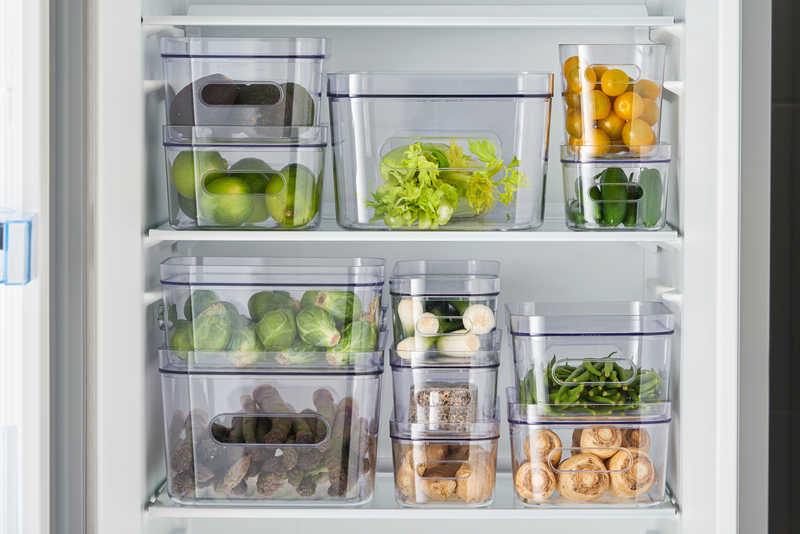
- Products
- Products
-
 Storage
Storage - Storage
- Storage boxes
- Storage boxes
- SmartStore™ Classic
- SmartStore™ Home
- SmartStore™ Recycled
- SmartStore™ Compact
- SmartStore™ Compact Clear
- SmartStore™ Comfort
- SmartStore™ Basic
- SmartStore™ Module
- Water-resistant storage
- Extremely durable storage
- Colored & decorative storage
- Inserts and organizers
- Storage baskets
- Underbed storage
- Sorting & recycling
- Food storage
-
 Kitchen
Kitchen - Kitchen
- Kitchen utensils
- Kitchen utensils
- Knives & cutting boards
- Spoons & ladles
- Turners & tongs
- Whisks & strainers
- Non-scratch nylon utensils
- Graters & cheese slicers
- Slicers, mashers & presses
- Bottle & can openers
- Cutlery trays & drainers
- Other utensils
- Food storage
- Food storage
- Fridge storage
- Freezer storage
- Dry food storage
- Glass food storage
- SmartStore™ Compact
- SmartStore™ Compact Clear
- Baking
- Tableware
-
 Home & Yard
Home & Yard -
 Plant care
Plant care -
 Renewable & recycled
Renewable & recycled - Renewable & recycled
- Bio-based material
- Bio-based material
- Kitchen utensils made from bio-based plastic
- Tableware made from bio-based plastic
- Food storage made with bio-based plastic
- Recycled material
- Recycled material
- Storage made from recycled plastic
- Storage made from recycled plastic
- SmartStore™ Recycled
- Stylish baskets made from recycled plastic
- Underbed storage
- Basic baskets made from recycled plastic
- SmartStore™ Collect
- SmartStore™ Module
- Plant care made from recycled plastic
- Plant care made from recycled plastic
- Pots made from recycled plastic
- Saucers made from recycled plastic
- Window boxes made from recycled plastic
- Watering cans made from recycled plastic
- Home & Yard made from recycled plastic
- Brands
- About
- Sustainability
- Sustainability
- Sustainability at Orthex
- Sustainability at Orthex
- Sustainability at Orthex
- Sustainability strategy
- Materiality assessment
- Sustainability governance
- Contribution to SDGs
- Sustainability reporting
- Environment
- Environment
- Environment
- Carbon footprint
- Sustainable raw materials
- Sustainable raw materials
- Sustainable raw materials
- Recycled raw materials
- Renewable materials
- Mass Balance approach
- Research and development
- Resource efficiency
- Certifications
- Recycling
- Social responsibility
- Social responsibility
- Social Responsibility
- Employee well-being
- Product Safety
- Customer satisfaction
- Sustainability governance
- Inspiration
- Images
- Investors

 Storage
Storage  Kitchen
Kitchen  Home & Yard
Home & Yard  Plant care
Plant care  Renewable & recycled
Renewable & recycled 


